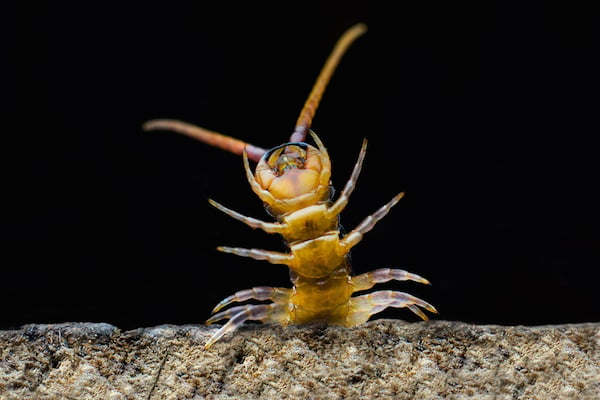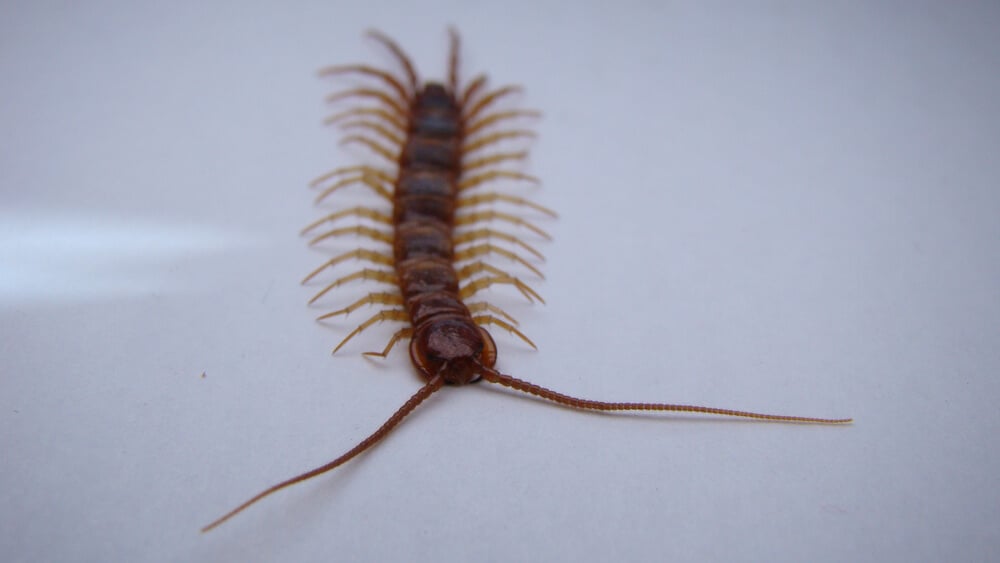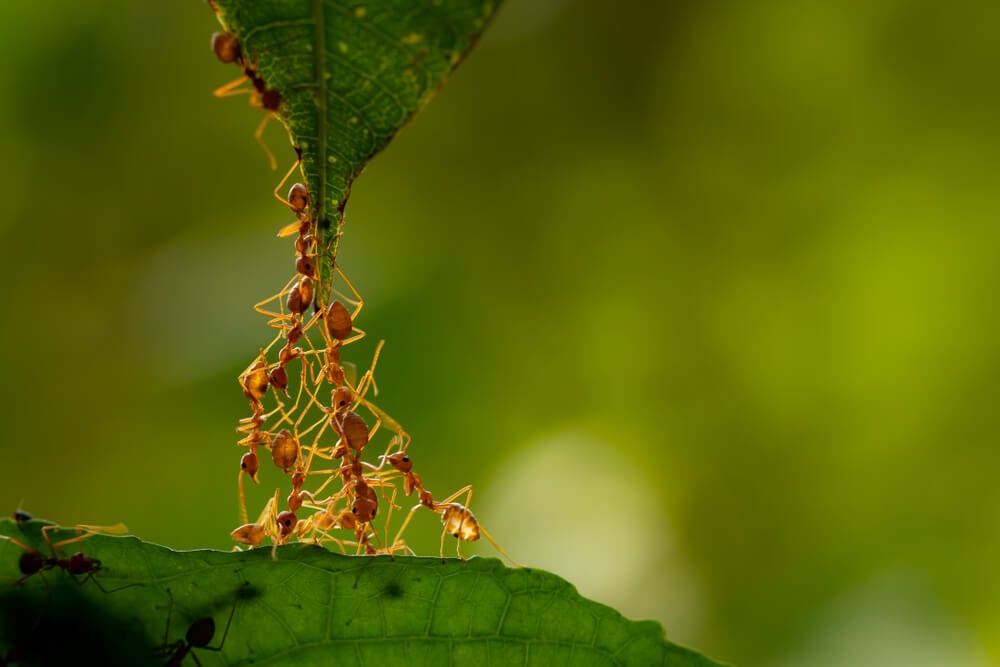If legs upset you, a centipede could be up to 92 times more upsetting than spiders. You’re probably familiar with centipedes for their distinctive--and numerous--legs. Centipede actually translates to “100 legs,” although most species don’t actually have quite that many. We don’t blame you for freaking out about that centipede in your home. The most common indoor centipede, the house centipede (Scutigera coleoptrata) has up to 15 pairs of long legs, can climb sheer surfaces, and moves fast. We’re answering a few of the centipede questions our customers tend to ask a lot. Hopefully, knowing a little more about these creepy-crawlies will help you overcome your fear. It won’t do anything about the legs, though. 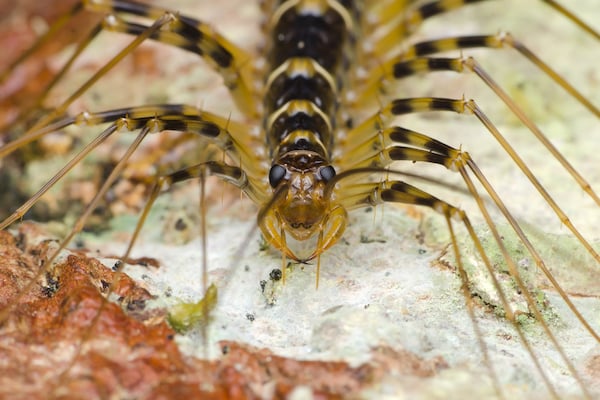
What Are Centipedes?
Centipedes are arthropods (invertebrate) belonging to the Myriapoda --meaning “myriad legs”--subphylum. There are an estimated 8,000 species found all over the world. As generalist predators, different centipede species have adapted to a wide variety of environments, from arid deserts to tropical forests. Different species of centipede vary widely in size; the smallest may only be a few millimeters long, while the largest centipedes may grow up to 12 inches long! They hunt using paralytic venom they store in poison glands and inject using a unique appendage called a “forcipule.” The forcipule is--you guessed it--a kind of foreleg, which has been modified to pierce prey and inject them with venom.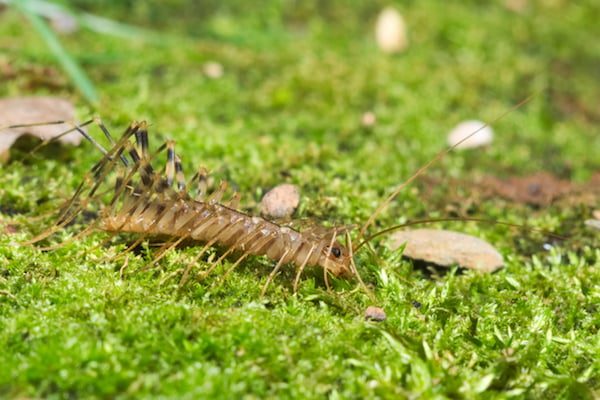
Where Do Centipedes Come From?
Centipedes don’t have the wavy, moisture-conserving cuticle that most insects and arachnids possess, so they rapidly lose water in arid biomes. Consequently, most species require and seek out moist living habitats, regardless of the larger environment they inhabit.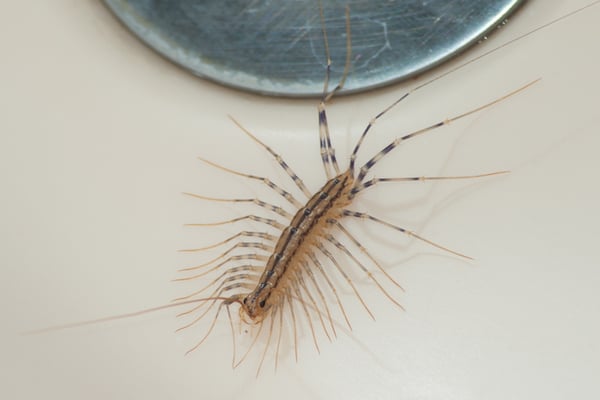
Which Ones Do I See?
If you have centipedes and you’re in our service area , chances are your unwelcome guests are house centipedes . This dirty-yellow, brown, or greyish-yellow variety have light-and-dark, banded striping running lengthwise over their inch-long bodies. House centipedes have one pair of long, jointed legs per body segment, for a total of 15 pairs of legs. The last pair of legs is can be twice the length of the centipede’s body. Each of the centipede’s legs are also clearly striped.
What Do Centipedes Eat?
Centipedes commonly prey on pests such as cockroaches, fleas, silverfish, moths, spiders, beetles, and other small insects. Burrowing or outdoor species frequently eat small earthworms. House centipedes eat several insects in a single day, using their superior speed and climbing ability to simply run prey down and stun them with venom.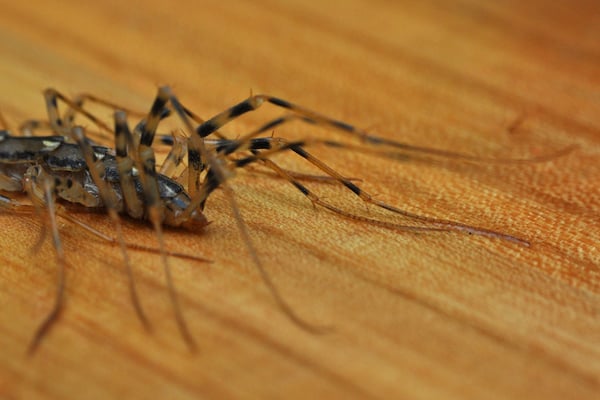
Why Are Centipedes In My House?
Centipedes come into homes for the same reasons most pests do: food, water, and shelter. They can’t naturally survive Midwestern winters, so they need to find a place to stay warm until spring. If that place happens to have access to water and food, so much the better. Since their primary food source are other pests, other winter infestations tend to attract them, too.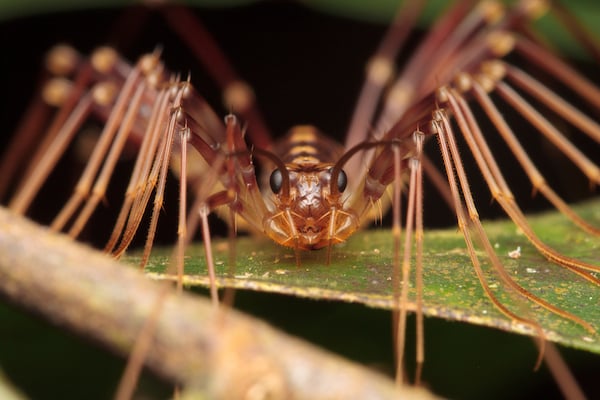
Are Centipedes Dangerous?
Centipedes are capable of injecting humans with their venom, but it’s rare. House centipedes are the only species known to prefer indoor environments, and they’re frightened of humans. Larger species may have more painful “bites,” but they don't typically enter homes. Centipede attacks are generally rare and seldom result in serious medical consequences. If cornered or panicked, house centipedes may attack humans. Should this happen, however, they're usually too small to break skin with their forcipules. Even if this happens, house centipede venom may cause some slight pain, but it isn’t dangerous in any substantial way.